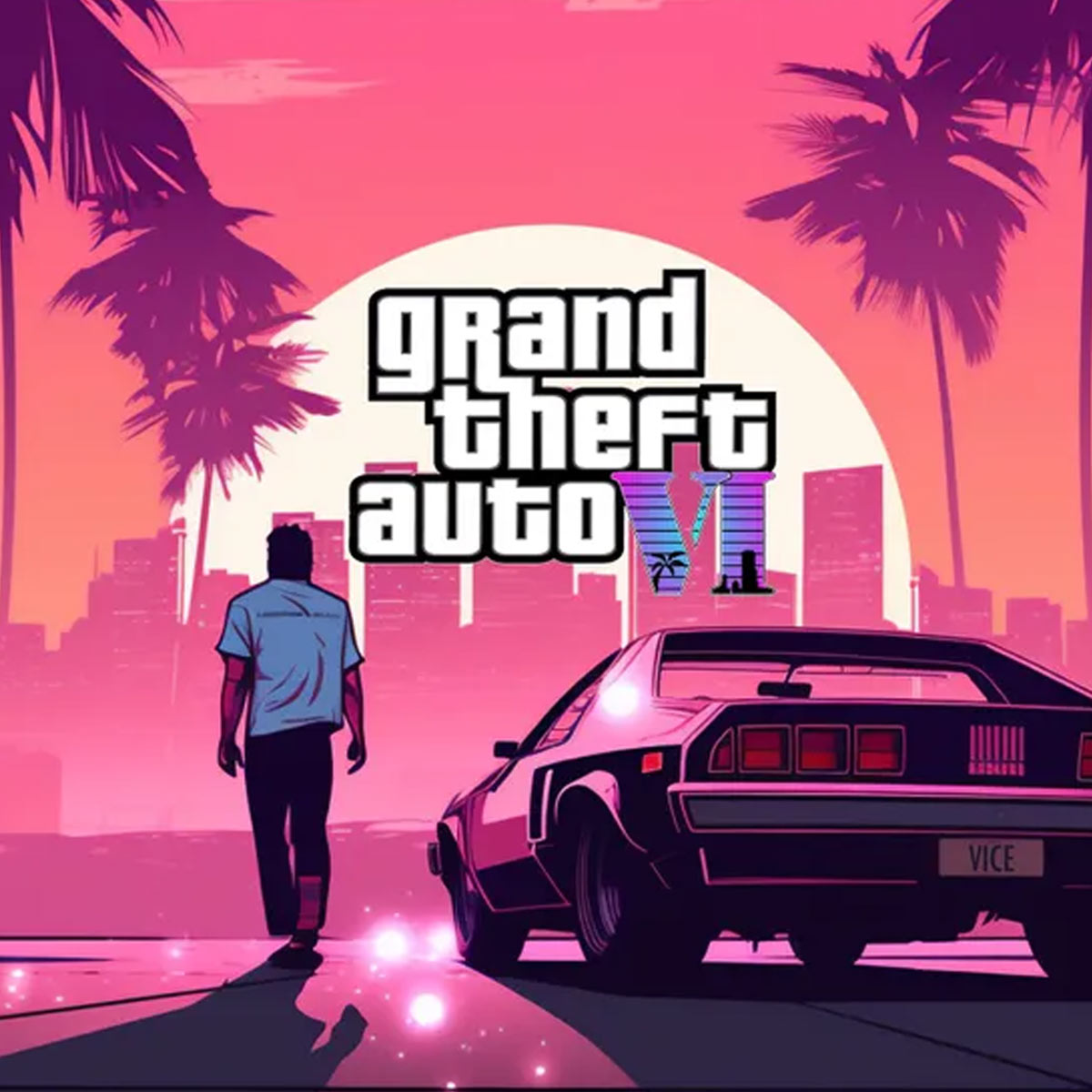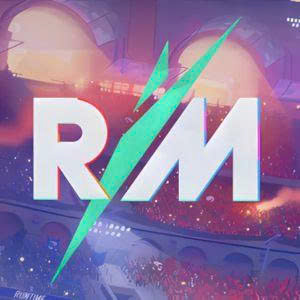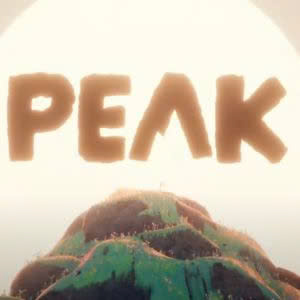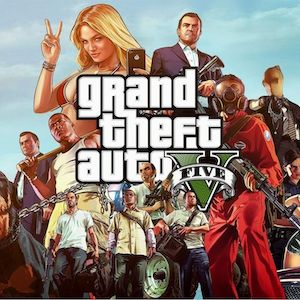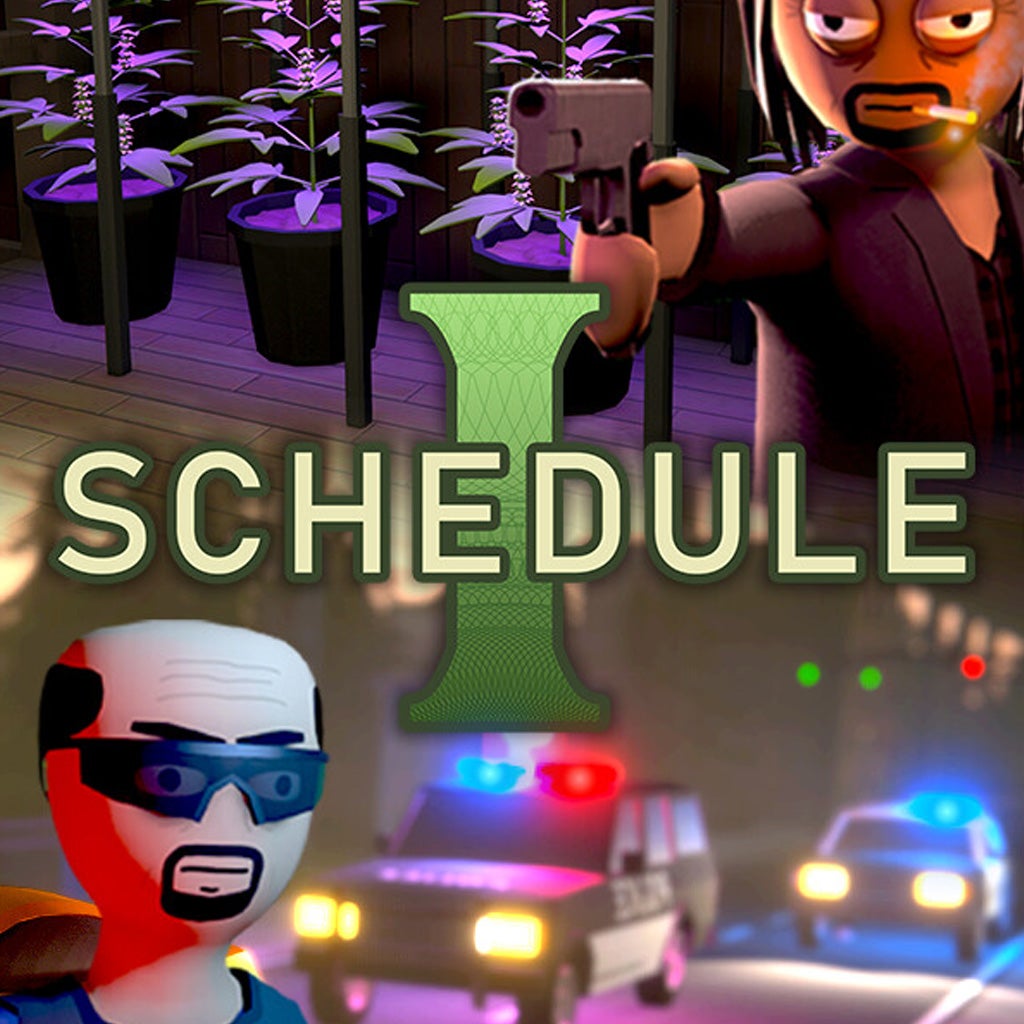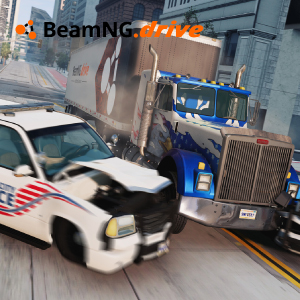Terraria, a 2D sandbox action-adventure video game developed by Re-Logic, has captivated millions of players since its release in 2011. Often described as a blend of exploration, crafting, and combat, Terraria offers a vast, pixel-art world where players can build, fight, and explore to their heart’s content. With its retro-inspired graphics and near-infinite replayability, the game has become a staple in the indie gaming scene, appealing to both casual players and hardcore adventurers. This article delves into the evolution, mechanics, and impact of Terraria, structured chronologically and thematically to provide a comprehensive look at what makes this game a timeless masterpiece.
2011: The Birth of Terraria
The Initial Release and Concept
Terraria was first released on May 16, 2011, for Microsoft Windows, introducing players to a unique 2D sandbox experience. Developed by Re-Logic, a small indie studio, the game drew inspiration from titles like Minecraft and Metroidvania-style games, combining open-world freedom with structured progression. Players start in a procedurally generated world, equipped with basic tools, and are encouraged to explore, gather resources, and build structures while facing various enemies and bosses.
Early Reception and Community Impact
Upon release, Terraria was praised for its depth and accessibility. Its pixel-art style, reminiscent of 16-bit games, appealed to nostalgic gamers, while its complex mechanics attracted those seeking a challenge. The game quickly built a dedicated community, with players sharing world seeds, building guides, and strategies on forums. However, some early criticism focused on the lack of clear tutorials, which left new players overwhelmed by the game’s open-ended nature.
2012-2013: Expanding the World
Major Updates and New Content
Between 2012 and 2013, Re-Logic released several significant updates, including 1.1 and 1.2, which expanded Terraria’s content dramatically. These updates introduced new biomes like the Jungle Temple, additional NPCs (non-playable characters), and hundreds of new items, weapons, and enemies. The Hardmode system, which unlocks after defeating the Wall of Flesh, added a layer of difficulty and progression, transforming the world with new challenges and rewards.
Balancing Freedom and Structure
The introduction of Hardmode was a game-changer, offering a structured progression path while maintaining the sandbox ethos. Players could now engage in tougher boss fights, such as the Mechanical Bosses, and access powerful gear. However, some players found the transition to Hardmode jarring, as the increased difficulty required more preparation and knowledge, which wasn’t always intuitive.
Key Additions in 1.2 Update
-
New Biomes: Crimson and Hallow biomes added visual and gameplay variety.
-
NPC Enhancements: More NPCs with unique roles, like the Witch Doctor.
-
Item Diversity: Over 1,000 new items, including weapons and accessories.
2014-2015: Polishing the Experience
Refining Gameplay Mechanics
By 2014, Terraria had solidified its place as a beloved indie title. Updates during this period focused on polishing existing systems and adding quality-of-life features. The 1.3 update, released in 2015, was a major milestone, introducing Expert Mode, which increased enemy difficulty and rewards, and new events like the Martian Invasion. These updates made the game more accessible while catering to veteran players seeking a challenge.
Community-Driven Development
Re-Logic’s engagement with the community shaped these updates significantly. Feedback from players led to features like improved inventory management and better NPC interactions. However, some criticized the growing complexity, arguing that the sheer volume of content could intimidate newcomers. Despite this, the updates kept the game fresh, encouraging players to return for new adventures.
Notable Features in 1.3
-
Expert Mode: Increased difficulty with unique boss mechanics.
-
Event System: New events like the Goblin Army and Pirate Invasion.
-
UI Improvements: Streamlined crafting and inventory interfaces.
2016-2018: Cross-Platform Expansion
Bringing Terraria to Consoles and Mobile
During this period, Terraria expanded to consoles (PlayStation, Xbox) and mobile platforms, making it accessible to a broader audience. The console and mobile versions, developed with partners like 505 Games, adapted the game’s controls for touchscreens and controllers, though some players noted that the touch controls felt less precise than keyboard and mouse setups.
Challenges of Porting
Porting Terraria to different platforms wasn’t without hurdles. The mobile version, in particular, faced criticism for performance issues on older devices and occasional crashes. Despite these challenges, the ability to play Terraria on the go was a significant draw, and Re-Logic worked diligently to optimize performance audition issues and improve performance over time.
Pros and Cons of Cross-Platform Ports
-
Pros:
-
Wider accessibility for players on consoles and mobile.
-
Optimized controls for different platforms.
-
-
Cons:
-
Performance issues on some mobile devices.
-
Less intuitive controls compared to PC.
-
2019: The Journey’s End Update
A Culmination of Content
The 1.4 update, dubbed “Journey’s End,” released in 2020 (developed in 2019), was a massive overhaul, often considered the game’s most comprehensive update. It introduced Journey Mode, a customizable difficulty setting, and Master Mode, which further increased the challenge. New biomes, bosses, and a bestiary system added depth, while quality-of-life features like the Void Bag improved gameplay flow.
Community Celebration
Journey’s End was celebrated as a love letter to fans, incorporating years of feedback. It added over 1,000 new items and refined existing mechanics, making exploration and combat more rewarding. However, some players felt the update leaned too heavily on endgame content, leaving early-game progression relatively unchanged.
Highlights of Journey’s End
-
Journey Mode: Allows players to adjust difficulty and spawn rates.
-
Master Mode: Extreme difficulty with unique rewards.
-
Bestiary: A collectible log of enemies with lore and stats.
2020-2021: Modding and Community Creations
The Rise of Modding
Terraria’s modding community flourished during this period, with tools like tModLoader enabling players to create and share custom content. Mods like Calamity and Thorium added new biomes, bosses, and storylines, effectively doubling the game’s content. The modding scene became a cornerstone of Terraria’s longevity, offering near-infinite replayability.
Challenges of Modding
While mods enriched the experience, they also introduced complexity. Installing and managing mods required technical know-how, and some mods were incompatible with each other, leading to crashes or bugs. Despite these issues, the modding community’s creativity kept players engaged long after completing the base game.
Popular Mods
-
Calamity Mod: Adds new bosses, biomes, and a deeper storyline.
-
Thorium Mod: Introduces new classes and content.
-
tModLoader: A framework for creating and managing mods.
2022: Collaborations and Crossovers
Unique Collaborations
In 2022, Terraria embraced crossovers, integrating content from other games like Don’t Starve Together and Core Keeper. These updates added themed items, biomes, and mechanics, blending Terraria’s style with external IPs. For example, the Don’t Starve crossover introduced the Deerclops boss, blending survival and sandbox elements.
Maintaining Identity
While crossovers were well-received, some players worried that they diluted Terraria’s unique identity. The new content, while fun, occasionally felt disconnected from the core game’s aesthetic. Nevertheless, these collaborations showcased Re-Logic’s willingness to experiment and keep the game fresh.
Crossover Highlights
-
Don’t Starve Together: Added the Deerclops boss and hunger mechanics.
-
Core Keeper: Introduced cross-promotional items and events.
2023-2024: Continued Support and Updates
Ongoing Patches and Community Engagement
Re-Logic continued to support Terraria with patches and minor updates through 2023 and 2024, focusing on bug fixes, balance tweaks, and minor content additions. The developers’ active presence on forums and social media ensured that player feedback remained a priority, fostering a loyal community.
The Challenge of Stagnation
Despite consistent updates, some players felt that new content was slowing down, with fewer groundbreaking additions compared to earlier years. The focus on polish over major expansions led to debates about whether Terraria had reached its content ceiling, though the game’s core mechanics remained engaging.
Recent Update Features
-
Balance Tweaks: Adjustments to weapon and enemy stats.
-
Quality-of-Life: Improved NPC interactions and inventory systems.
2025: Terraria’s Legacy and Future
A Lasting Impact
As of 2025, Terraria remains a benchmark for indie games, with over 58 million copies sold and a vibrant community. Its blend of exploration, combat, and building continues to inspire new titles in the sandbox genre. The game’s success lies in its ability to balance freedom with progression, appealing to diverse playstyles.
Speculation on Terraria 2
Rumors of a sequel, Terraria 2, have circulated, but Re-Logic has focused on supporting the original game. While fans are excited about potential new features, some worry that a sequel could fragment the community or fail to capture the original’s magic. For now, Terraria’s legacy is secure, with no immediate need for a follow-up.
Future Possibilities
-
Terraria 2: Potential for new graphics and mechanics.
-
Continued Updates: More crossovers or mod support.
-
Community Events: In-game events driven by player feedback.



















